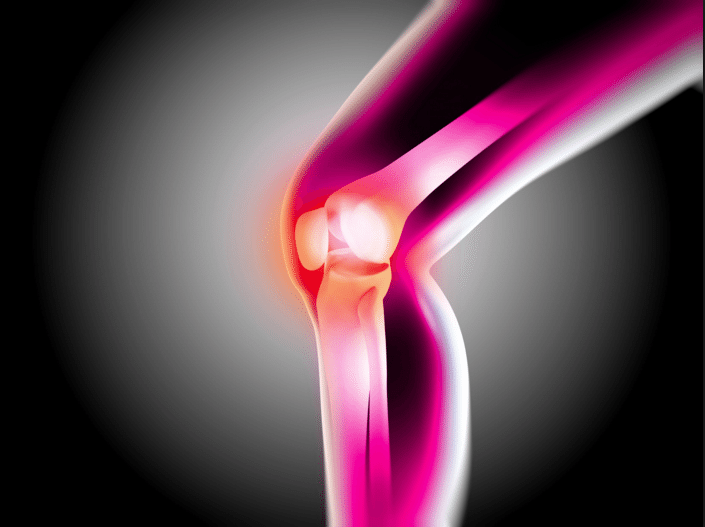what is bursitis and what causes it?
What Is Bursitis?
Bursitis occurs when one or more small sacs of synovial fluid (bursae) become inflamed. The bursae are found at the internal functionaries like muscles and tendons and rest at the points where these slide across the bone. Healthy bursae will create a smooth and frictionless, as well as functional, gliding surface, making normal movement painless.
Bursitis makes movement painful as the inflamed bursa make it difficult to move the tendons and muscles. The result is inflammation, and this perpetuates the problem and stiffens muscles.
What Causes Bursitis?
The most common cause is excessive pressure and repetitive movement. The shoulders, knees, and elbows are most commonly affected; any inflamed bursae can aggravate conditions such as gout and rheumatoid arthritis. More infrequently, scoliosis can be the cause of bursitis of the shoulders, but it is more commonly brought about by overusing the shoulder joint and its related muscles.
Another major cause is traumatic injury. Inflammation can irritate the bursa so that is no longer fits into the original small area between the bone and the functionary muscle or the tendon. When the bone increases the level of pressure on the bursa, the result is bursitis. Sometimes there is no known reason for why bursitis occurs, but it can be associated with certain chronic systemic diseases.
Read here Bursitis Health Plan





